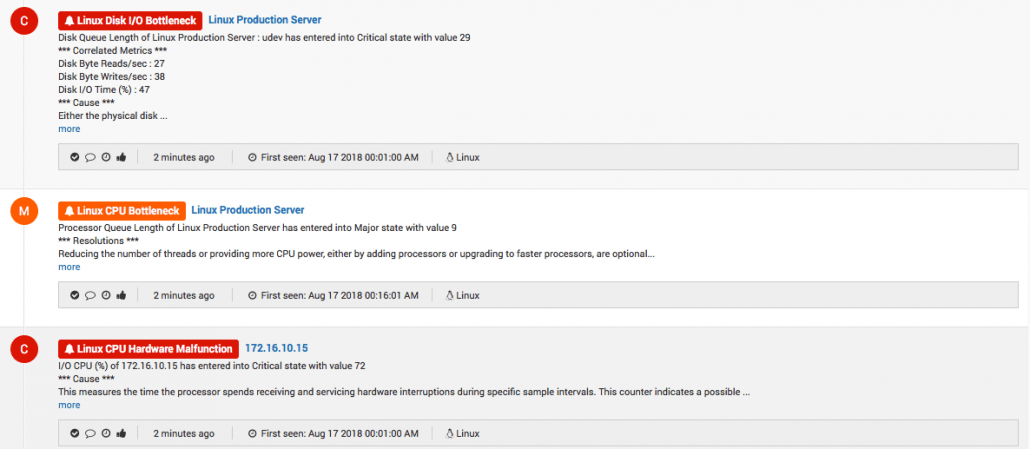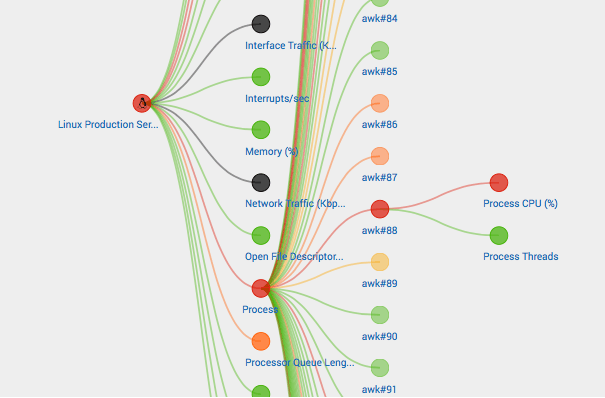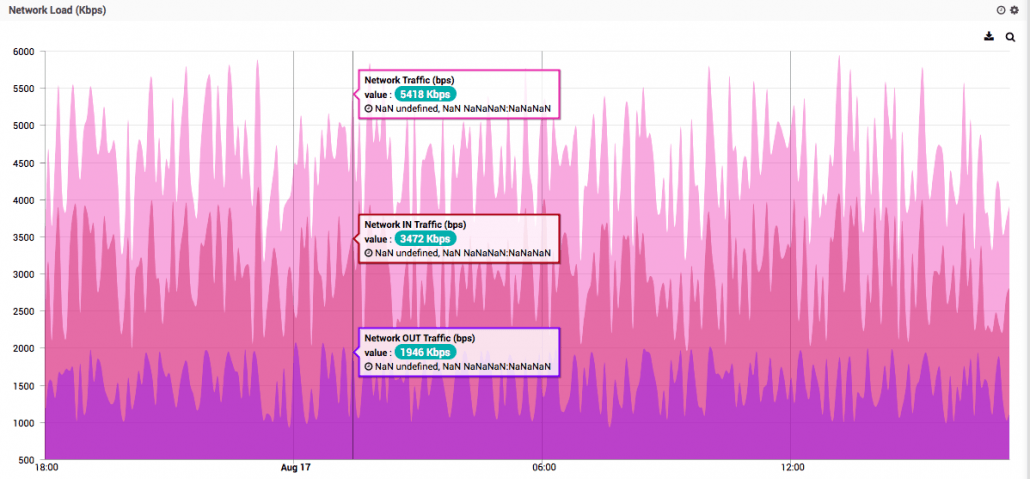Healthy IT infrastructure calls for good monitoring that facilitates and speeds up the availability & performance of network elements. Monitoring critical systems helps in so many ways you possibly don’t know yet; whether you’re a network or system admin or a home user. Your Linux servers form the backbone of your IT infrastructure. Whenever there’s a sudden spike in memory or CPU usage, there is a very high possibility that it could affect the performance of your apps. Linux Syslog monitoring tool gives you the desired real-time insights and in-depth visibility.
In this blog we’ll be covering:
- Importance of Linux Syslog Monitoring
- Key Benefits of monitoring Linux Servers
- Critical Linux Syslog Metrics
- Summary (Why, What & How – Answered for Linux Monitoring)
Of course System admins are always prepared to take necessary actions if any issues happens in the Linux environment. However, equipping your network commandos with the right weapon could save you from a number of issues. One of the use case could be predicting possible environmental improvements based on the metrics monitored & history of performance statistics. Let’s say you have a Linux server which shows the memory usage over time, you may either buy more memory, or rather investigate to find out the root-cause of the unusual memory usage. In short, the Syslogs from a Linux server which shows Memory usage should not only offer information regarding various parameters, but also alert you for the unusual activity instantly.
Alert & Notification Snapshot
Recommended: What should one expect from Windows Server Monitoring?
Key benefits of Linux Syslog Monitoring
So a healthy IT infrastructure calls for a proactive Linux Syslog monitoring tool which leads to a series of benefits some of them are as follows:
- Prevent Unprecedented Server Failures
- Improved Network Performance & Availability
- Real-time Alerts & Notifications
- Historical track of Performance Metrics
- Safeguard System within the Network
- Root Cause of an Issue (Finding the needle in the haystack) & more!
Root-Cause Analysis Snapshot
Why should one opt for Monitoring their Linux Environment?
Linux is undoubtedly a leading OS, in the open source server market and its importance is growing even further. Monitoring Linux server ensures your systems are performing well or not. To become a top notch Linux Sysadmin you need to master the most important Linux commands like Iostat, Meminfo, Mpstat, Netstat etc. While monitoring the performance using Shell commands & LinuxGUI, you have lost valuable time & resources which could’ve been leveraged elsewhere.
What all metrics should be monitored?
You may monitor all the parameters associated with Linux Server with a monitoring tool. But if you wish to cherry pick some metrics for your focus, here are some of the key metrics:
Network: For DHCP, DNS, Proxy, Firewall & file server, monitor network performance. Keep a track on the I/O of data packets. Monitor logs too so that you can create a plan of action & also measure its utilization
Disk Capacity & I/O: Critical to monitor VMs, image server, and files, to prevent system shutdowns, OS corruption etc. It helps in planning for changes like adding new disk etc.
CPU: To prevent over utilization or increasing temperature, it is important to monitor CPU on various metrics to pin-point at dangerous hardware symptoms that may occur
Memory: This metrics allows you to find out the reason behind a sudden system failure. This gives you an idea about the memory flow or possible misdirection of memory flow for any particular application.

Looking at the benefits that the Linux Monitoring offers, there is a need on ground for Linux Monitoring Tool such as Motadata, which offers an integrated server monitoring tool that delivers insightful details of all critical server performance parameters like hard disk capacity, CPU utilization, memory utilization and bandwidth utilization from an intuitive web console. Our server performance monitoring allows a sysadmin to stay on top of server downtime and performance issues. This server monitoring software has the capability to monitor all types of IT infrastructure servers in both consolidated and distributed workload conditions. Learn how Motadata monitors Linux servers to give users rapid in-detail intuitive real-time insight into your critical business systems.









